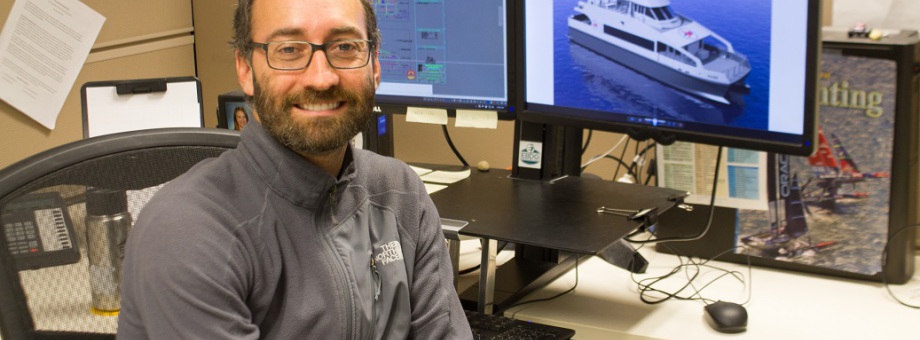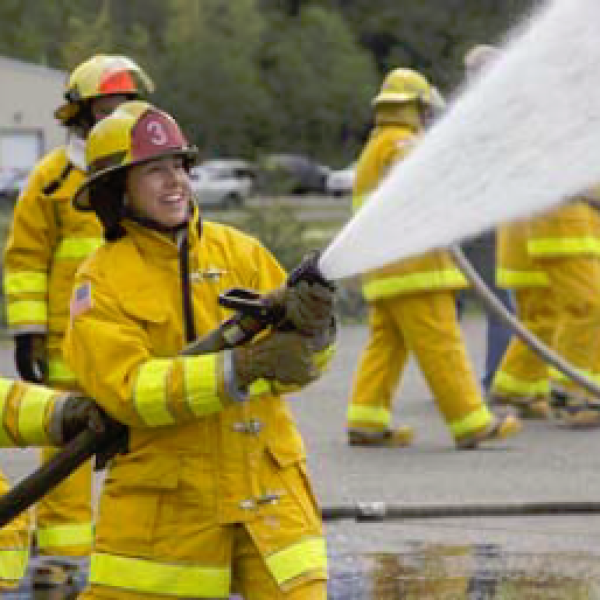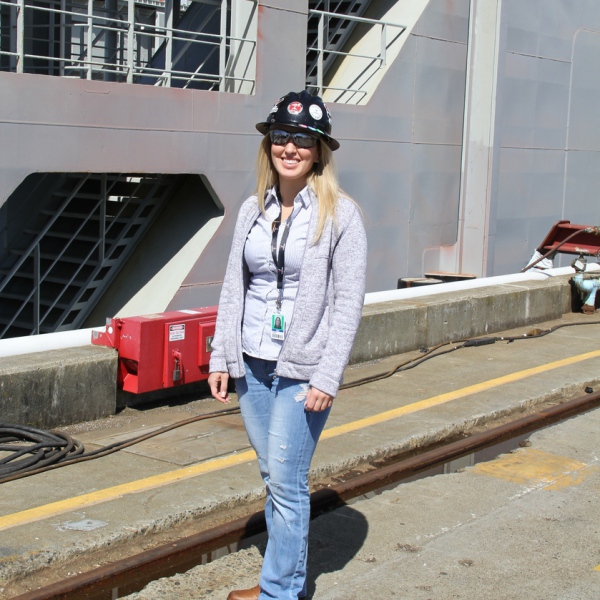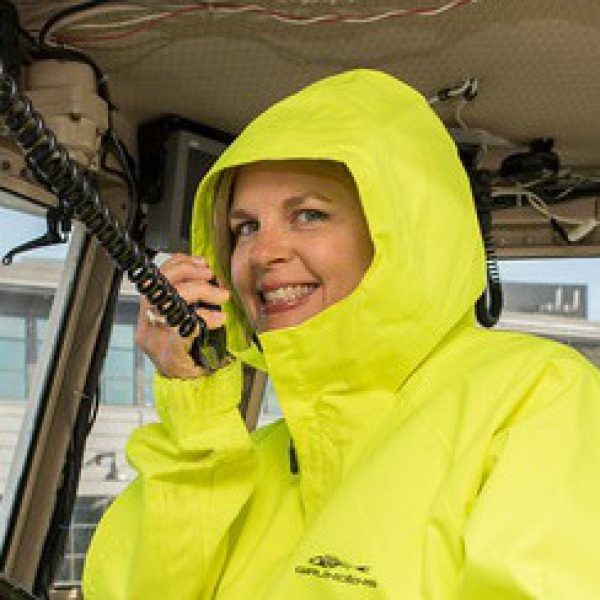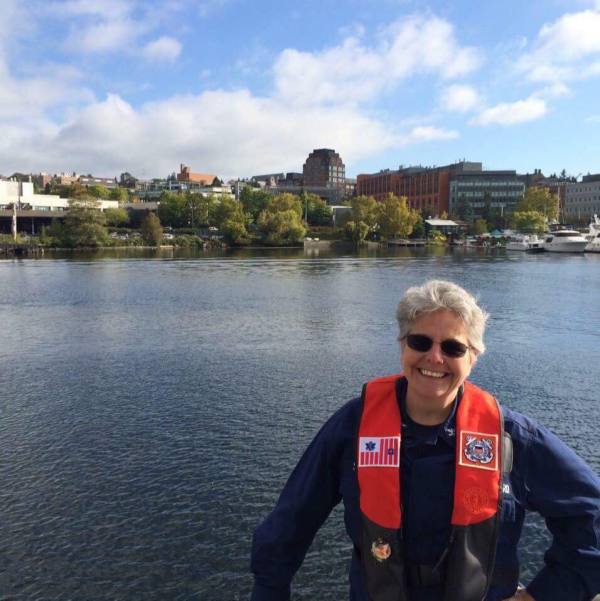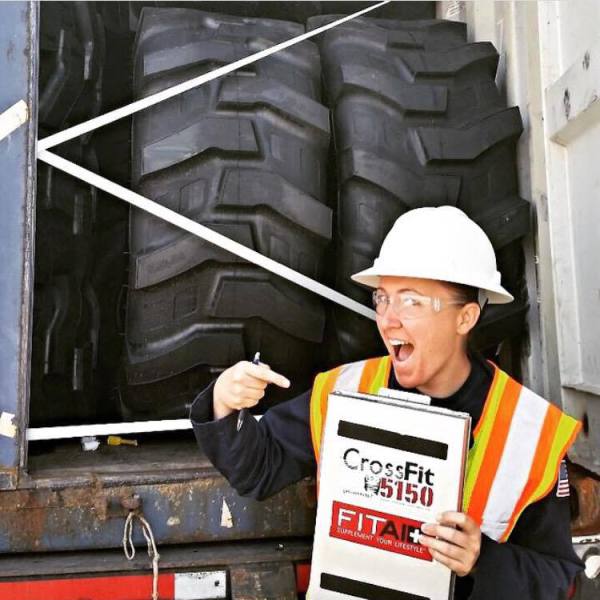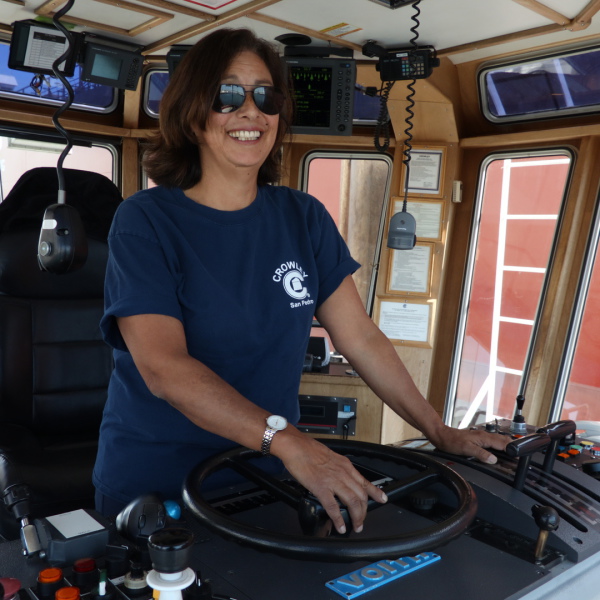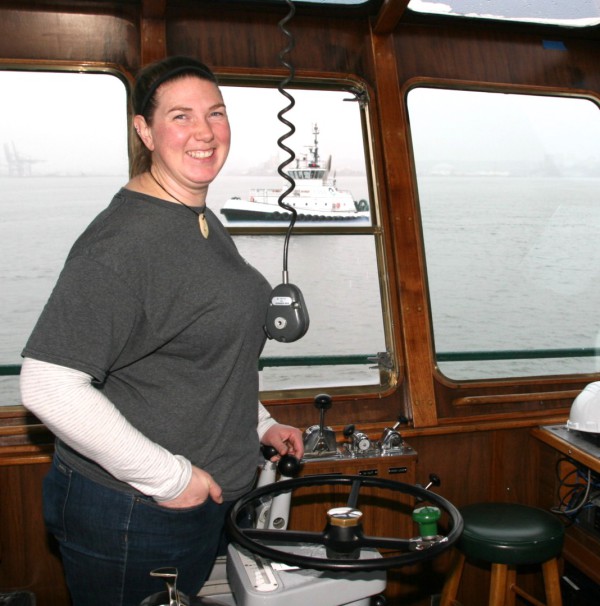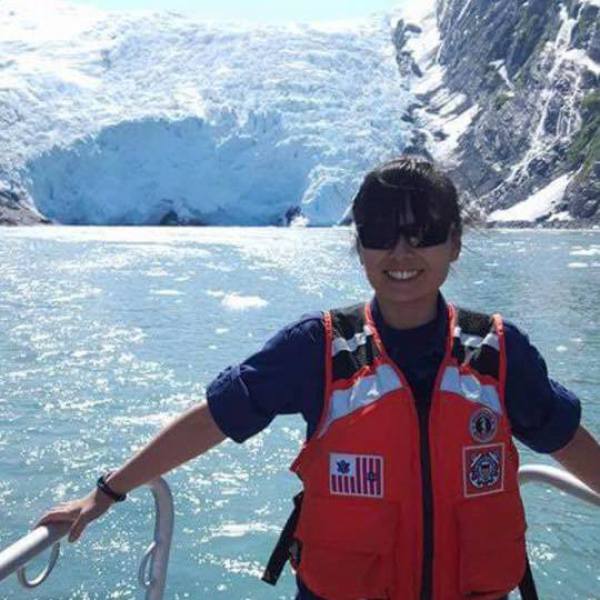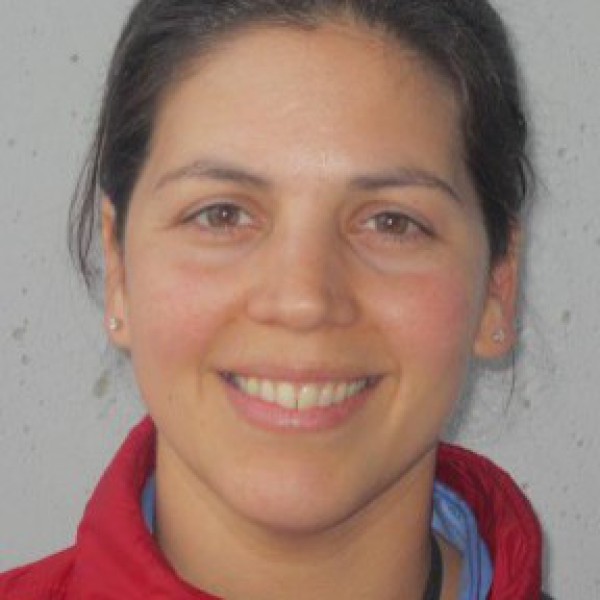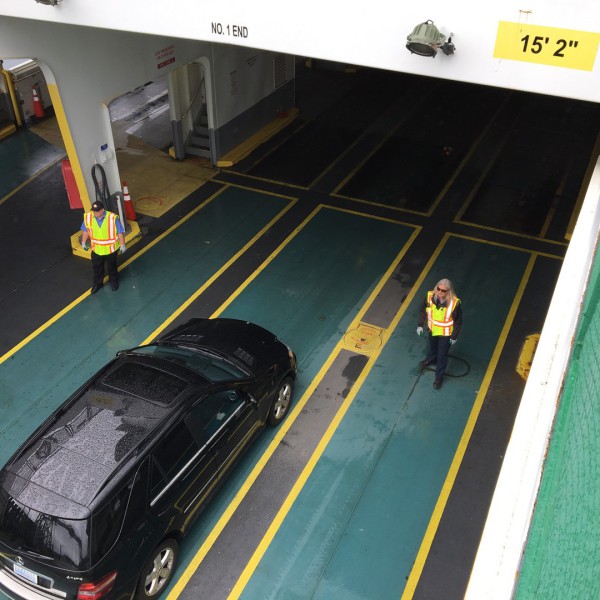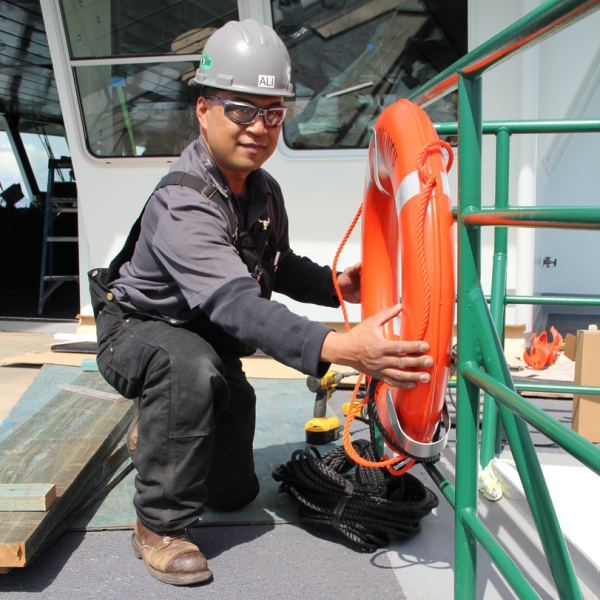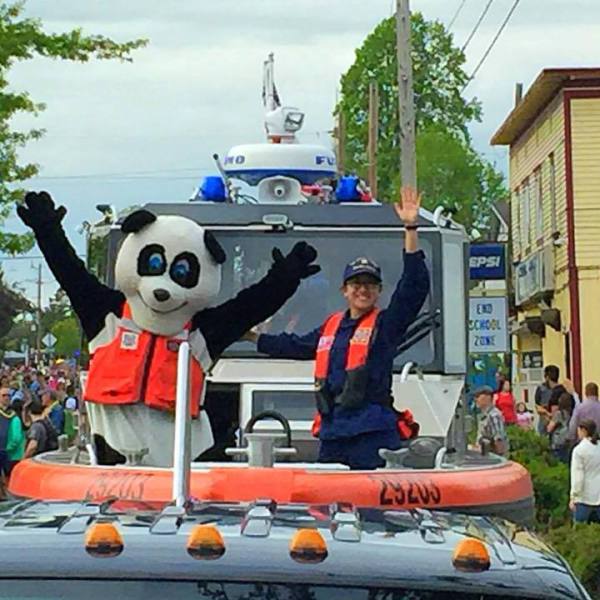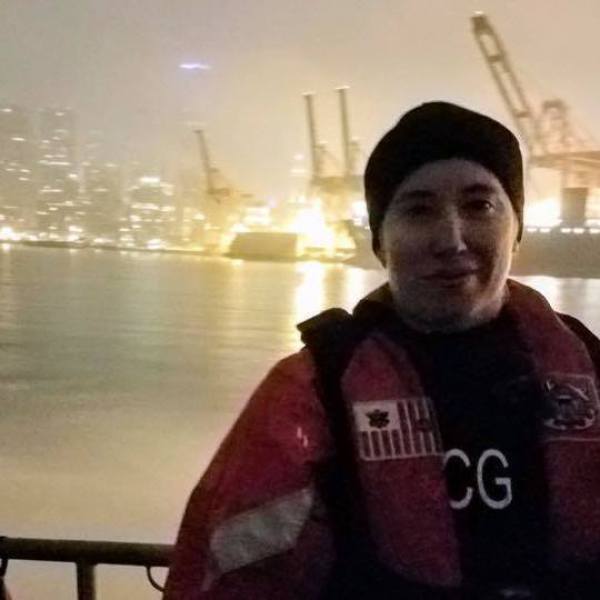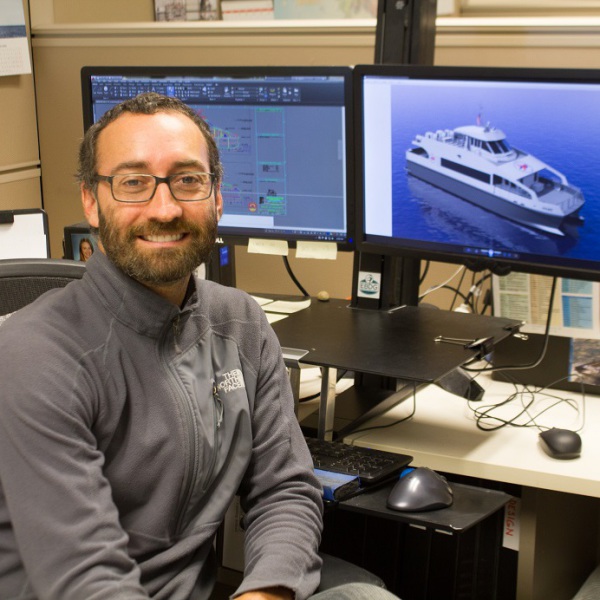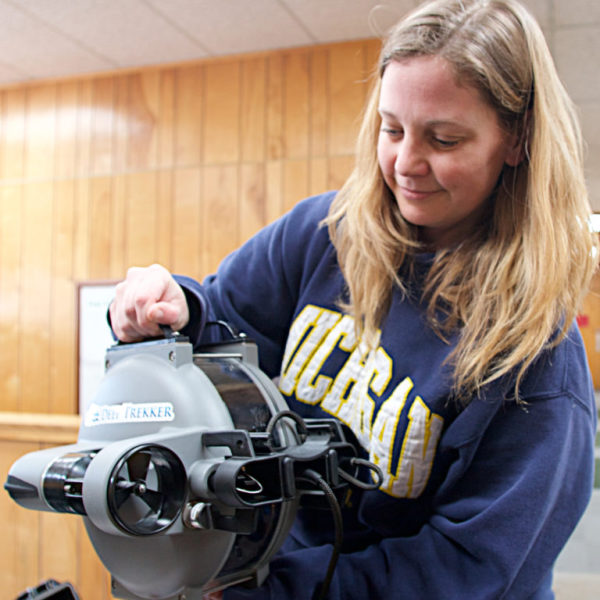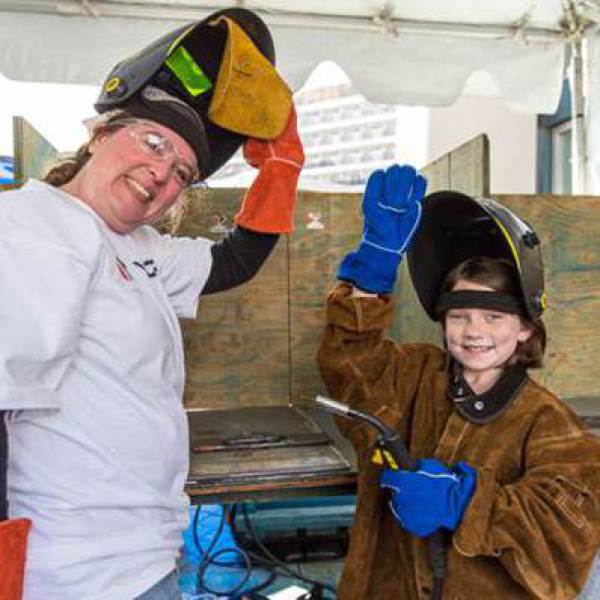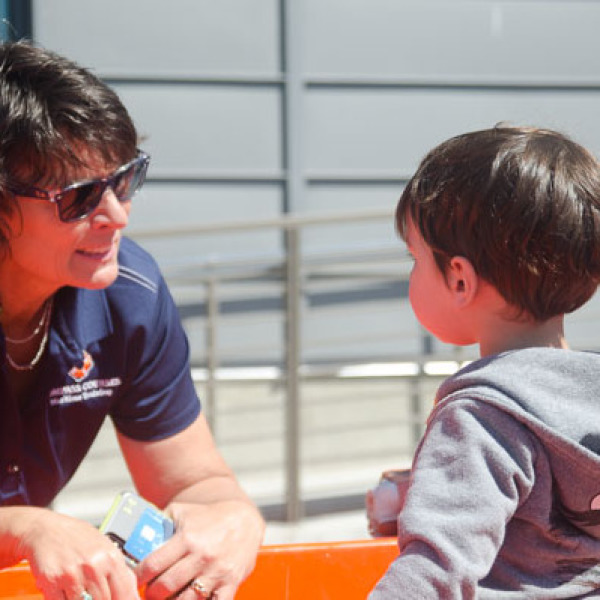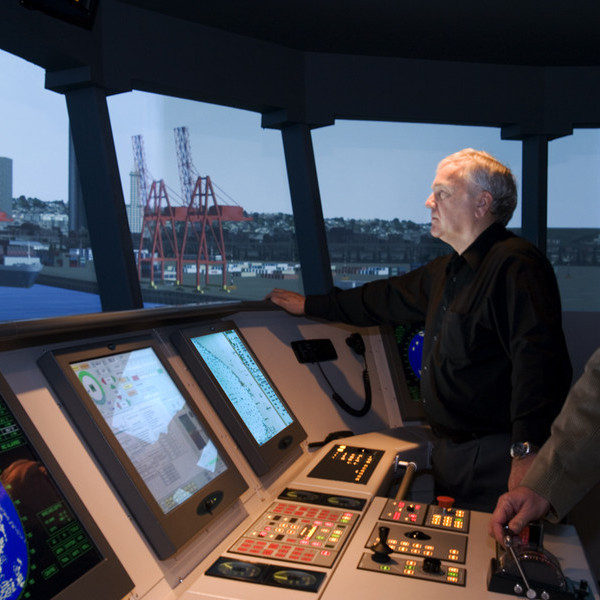Meet a Mariner
Amy Scarton
Managing Director, Assistant Secretary, Washington State Ferries
Amy Scarton was drawn to the richness of the maritime culture in the Pacific Northwest and how Seattle is the center of that world. This was a huge contrast to other places she has lived: “New York has banking, D.C. its politics, but in Seattle part of our soul is the maritime industry and I’m really excited to be part of such a great tradition.”
Within her first year as head of Washington State Ferries, Amy participated in ordinary seaman training, which included firefighting, personal safety and survival, classroom time and job duty familiarization in the fleet. It was a great experience she shared with other newcomers to the ferry system.
Amy stresses, “There’s a wave of retirements both on deck and engine side upon us, so now is a great time to join us. Washington is a very diverse state and we want our ferry system to be diverse as well and be the employer of choice for people from all walks of life.”
Vanessa Packer
Contract Manager,
Vigor
"I am half Iñupiaq (Eskimo) and grew up in Barrow, Alaska – the northernmost community along the Arctic Ocean. Growing up in a remote coastal village in Alaska that is only accessible via boat or plane most of the year, most freight to our town came via barge. I grew up where we would see the big ice breakers, like the Icebreaker Healy. There were always Coast Guard vessels and research vessels. I eventually found my way to Vigor in Alaska, starting as an executive assistant, because I knew people who worked there.
"Fast forward to today when I am the Contract Manager on a very complex ship repair project at Vigor’s Harbor Island shipyard. There are many things I love about my work including the opportunity to progress and grow, working on complex projects, and gaining additional knowledge about design, construction and the operation of marine vessels.
"I also love interacting with the experts in the field who have been doing this for a long time. The best part is that my opinion is valued and I am able to contribute my skills to help manage an important project to be done safely, on time and on budget."
Sarah Scherer
Director/Associate Dean of Seattle Maritime Academy, a Seattle Central College Program
"I became a mariner partially on accident. I really did not know what I was getting into. I stayed a mariner and in the maritime industry because: I have seen things that most people only dream about. There is something amazing about looking out over the ocean with no land in sight. It is humbling to know how in control you feel when operating a big metal ship and then to realize how small you are in the middle of the ocean and how your control pales in comparison to the ocean’s fierce and glorious power. There is nothing like standing on the bridge on a clear night watching the moon light a pathway to the stars.
"Going to sea helped me to be humble and appreciative of my life on land and the people that love me. I learned to be fiercely independent, bold and creative. I have confidence in myself and who I am. I am not sure I would have gained that level of independence if I had not gone to sea. I learned I CAN do anything a man can do. Even if I cannot do it physically in the same way, I will do it differently and get the same result(s). This has served me well at sea and in my career on land. It is not easy being a woman in a man’s world… AND it is worth it once you “pay your dues.”
Capt. Linda Sturgis
Commander,
Sector Puget Sound
U.S. Coast Guard
Joining the military in general came naturally. My father retired as a Chief Warrant Officer, I had a brother in the U.S. Marine Corps and another brother had served in the Coast Guard, too. When I was a drilling reservist at Fort Eustis, Virginia and when mobilized to Europe to provide security for military outloads in support of Operation Desert Storm, I was always serving alongside Coast Guard units. When I was eligible to apply for Officer Candidate School I did so immediately and crossed over from the Army with 5 years and no break in service.
Tell us your favorite CG experience or story.
"There are so many - I had the privilege of sailing all over the world on a 378’ ship early in my career. I have also traveled to Italy, Singapore, and every state / territory of the U.S. in support of Coast Guard operations - it's been a great journey, that's for certain."
"As for outside the Coast Guard, I am a public serviced oriented person - so, anything I can do to give back to the community."
MST2 Kara DiNicola
U.S. Coast Guard
Tell us your favorite CG experience or story.
“My career started in 2009 as a SN at ANT Woods Hole, MA. At the time, it was a "more than 36 month" wait for MST A-School, so I decided I would give PATFORSWA a chance (best decision ever). I was assigned to shoreside support in Bahrain, but ended up having to fill in on CGC Monomoy enough to earn my Engineer of the Watch qualification where I was dubbed "Sniffen" (SNFN). My tour overseas was amazing and I created some of the best friendships and memories while there. I would have to say that I have had plenty of good Coast Guard stories, but I think the most memorable moment for me was after the Refugio Oil spill in Santa Barbara, CA. As I was performing SCAT duties walking up and down the beaches of Santa Barbara, the "ah ha!" moment of "choose your rate, choose your fate" kicked in. I had always been grateful for my job in the Coast Guard, but that definitely helped in sink in a little more!"
What are your ambitions for future tours/career within or outside of the Coast Guard?
“I plan on staying in for at least 20, and would like to eventually pursue the CWO route.”
Capt. Carol Peckham
Crowley Marine Services
Captain Peckham has been a mariner for 20 years - 10 years with Crowley Marine Services and the last 3 years sailing as Captain on one of Crowley’s tugboats.
“I started out working on tall ships (traditionally-rigged sailing ships) drawn to them by the romance and nostalgia of the old sailing vessels. In a male-dominated industry, if you did well you were respected, and you had a unique opportunity to excel.
“While it hasn’t been easy, the rewards have been well worth it. I tell people that being a mariner is an excellent way to earn a living and provide for a family. Work hard and you’ll be accepted.”
Capt. Katrina Anderson
Foss Maritime
Katrina Anderson took her first steps as a toddler on a tug on Cook Inlet in Alaska. This woman has towboating in her blood.
Capt. Anderson, now 34, is the daughter of Carl Anderson, from whom Foss bought Cook Inlet Tug & Barge in 2011. She is now a harbor tug captain on Puget Sound.
Capt. Anderson began accumulating sea time by working summers on her father’s tugs while putting herself through college at Western Washington University in Bellingham. She sat for exams and got her master’s license about 10 years ago. She moved to Washington in 2013 to train with Foss for what she thought would be a masters’ position in Alaska, but it turned out that there were more opportunities on Puget Sound.
What does she like about her job?
“In Alaska, you have to do a lot of out-of-the-box thinking because of the weather, tides and ice,” she said. “Here, the ship work is challenging. Each job is different with little nuances and little tricks for putting each ship into its berth.
“There’s always a challenge, a personal challenge.”
LTJG Kim Jenish
U.S. Coast Guard
Why did you join the Coast Guard?
"I wanted to be part of something bigger than me and to know that my contribution to whatever I did had a meaningful impact on others. I grew up playing piano and eventually obtained my Bachelor of
Music in Piano Performance. After teaching private piano lessons for a few years, I simply felt bored of what I was doing and did not want to go back to school just yet. I also wanted to be a
stronger role model to my daughter to demonstrate that women can do anything they put their mind to. I desired to start a new and meaningful career sooner rather than later and that is when my
husband, who was in the Air Force at the time, suggested I apply to the Coast Guard. After researching the CG’s missions, I knew this was an organization that I would be proud to serve. I was shipped
off to boot camp on March 1st, 2010. Since then, my career has been nothing short of exciting and amazing.”
What are your ambitions for future tours/career within or outside of the Coast Guard?
“My future ambition in the Coast Guard is to eventually be CO of a small boat station. I love the missions that small boat stations do because they have such an immediate impact on the surrounding
area on a daily basis. Somewhere in between operational tours, I hope to be selected for special assignment to the White House Situation Room to gain a unique perspective on what goes on behind the
scenes of our country’s leadership. And when I’m old and retired from the Coast Guard, I’ll probably go back to teaching piano.”
